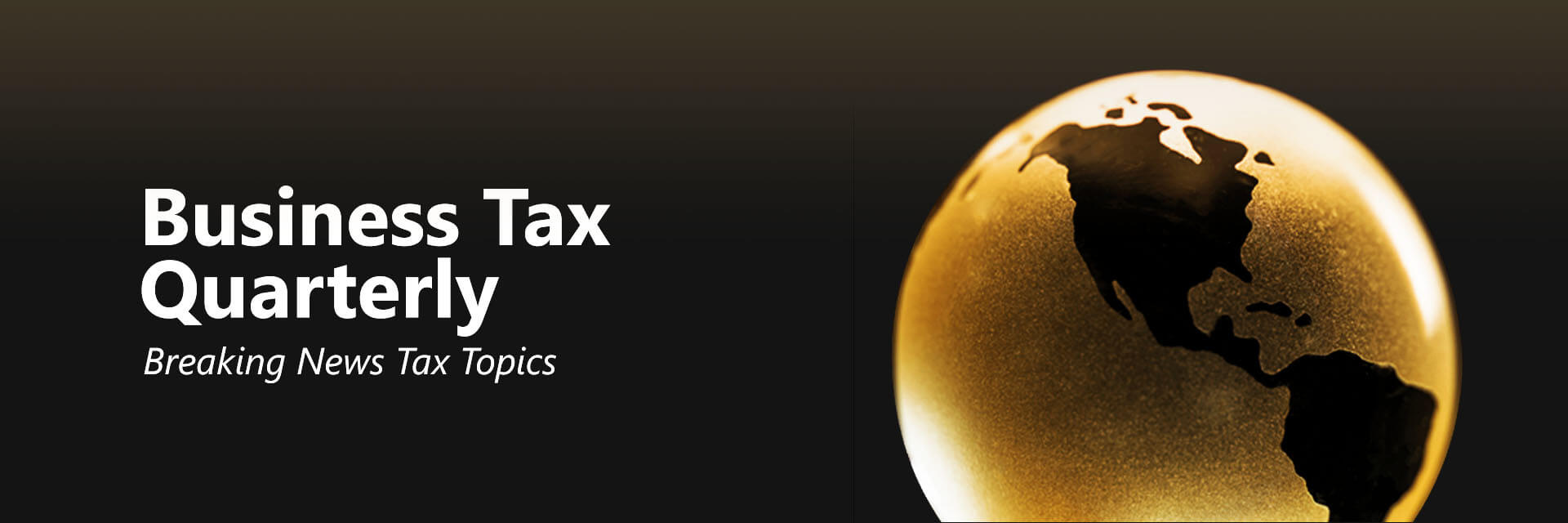
Three Biggest Surprises of the R&D Tax Credit
- Published
- Jul 3, 2019
- Share
Many businesses overlook this lucrative perk
The R&D tax credit is available to many more businesses than is commonly realized. It’s not just technology companies that may qualify. Emerging and established businesses across diverse industries can also take advantage of this lucrative dollar-for-dollar benefit.
Now is a particularly good time to revisit the tax credit, which was enacted in 1981, then extended more than a dozen times until the Protecting Americans from Tax Hikes Act of 2015 made it a permanent feature of the code. Recent tax changes preserved its status, with no sunset provisions.
States such as New York and New Jersey offer similar tax incentives. This bipartisan federal and state support should give businesses the incentive to explore the tax credit, which can carry forward 20 years.
Here are the three biggest surprises about the R&D tax credit, and the businesses that qualify.
1. Process Improvement Counts
Businesses often assume that only new product development qualifies for the R&D tax credit. However, expenditures to improve internal processes also count if the activity is U.S.-based. If contractors are used, for example, they must be located stateside, as must any internal R&D team.
The R&D activity must also pass a four-part test. One essential principle of the credit is a process of experimentation, which means any effort must undertake an iterative process of trial and error. Similarly, there must be technical uncertainty, and the activity must rely on the hard sciences. Finally, it must aim to improve a business component in the areas of increased performance, reliability, quality, or function. A business component is a product, process, invention, software, or formula.
2. The Credit Applies Across Industries
The financial services sector often overlooks the R&D tax credit. However, with software, artificial intelligence, and analytics crucial to their operations, many firms require innovative technology development to stay competitive. This activity provides ample opportunity for potentially claiming the credit.
Although the purchase of a software license is an eligible expense, relatively new internal-use software regulations provide taxpayers the opportunity to claim software development expenses and avoid the more strenuous threshold of innovation.
With strong emphasis on process improvement, manufacturing companies are also a prime candidate for the credit. For example, a bread company may invest to lower the amount of energy used on heat, produce more bread per hour, and reduce workforce through automation. These are all areas of research and development that would fall under the tax credit.
3. Startups Also Qualify
Because the first few years of a business typically don’t produce any taxable income, many startups assume they must turn a profit before qualifying for the R&D tax credit.
However, the PATH Act of 2015 made it possible for certain startup companies to claim a special R&D payroll tax credit. If qualified, the business can offset employer FICA taxes with the R&D credit for a savings up to $250,000 annually.
The company must be considered a qualified small business (QSB) to claim this special credit. A QSB must have $5 million or less in gross receipts in the year the credit is claimed, and no gross receipts in a period of five years before the filing. For example, with a tax filing for 2018, a QSB can have gross receipts from 2014 through 2018, but none prior to 2014. Offsetting FICA liabilities through the credit is a lesser-known area of tax law, so it’s important to speak to the right tax professional.
Next Steps for Qualifying Businesses
Historically, specific areas of the R&D tax credit were considered a “tier one” audit issue for the IRS. Although the IRS abandoned the tiered issues in 2012, a high degree of IRS scrutiny continues. Businesses should thus familiarize themselves with the basics to stay in compliance and understand it’s the taxpayer’s burden to substantiate an R&D tax credit claimed.
There are three eligible costs aggregated to compute the R&D tax credit. At a minimum, it’s important to understand what constitutes qualified research expenditures that the credit applies to. Employee salaries can be deducted up to the percentage of time spent on R&D activity. If 20% of an employee’s time is devoted to R&D, for example, that’s the percentage of W-2 wages eligible for the credit.
Supplies also qualify where they are dedicated to R&D. Specialized lab equipment can be claimed, for example, but general office supplies cannot. Depreciable assets also do not qualify. Finally, costs for stateside contractors can be deducted up to 65%, on an accrual basis.
Substantiation is the item most challenged by the IRS, so it’s important to get these details right. Businesses should also maintain contemporaneous documentation of all R&D efforts. Results, failures, successes, designs, and meetings should all be tracked in real time. Supporting narrative should include discussion points, objectives, and courses of action. Backdating these details won’t work come audit time.
To mitigate risks, business should consider a professional R&D study. The right tax professional will also have the technical expertise to review a company tax return and determine if a business qualifies for the credit. Many businesses may be pleasantly surprised.
Business Tax Quarterly - Summer 2019
Contact EisnerAmper
If you have any questions, we'd like to hear from you.
Receive the latest business insights, analysis, and perspectives from EisnerAmper professionals.











